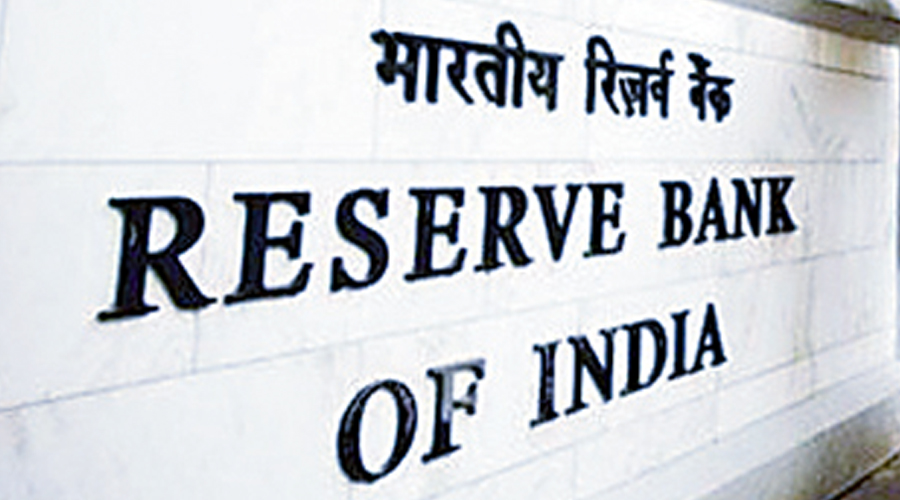The Reserve Bank of India (RBI) may announce open market operations (OMOs) and variable repo auctions on September 30 as it responds to the liquidity in the system suddenly turning to deficit from surplus after a gap of nearly 40 months. The six-member monetary policy committee (MPC) of the RBI is meeting this week from September 28 to September 30.
On September 20, the liquidity in the banking system as reflected by the net injection of funds became deficit at Rs 21,873 crore.
However, adjusted for the cash reserve ratio (CRR) — which is the portion of bank deposits that must be maintained with the RBI — the deficit is nearly Rs 39,000 crore.
The shortfall led to the central bank undertaking a variable rate repo auction on September 22 (Thursday) to the tune of Rs 50,000 crore.
Though the system remained in the deficit on Wednesday (Rs 11,886.43 crore), it turned back to surplus on Thursday.
The net durable liquidity in the system stands at Rs 4.15 lakh crore, down from Rs 10.90 lakh crore in the beginning of 2022.
The RBI has so far maintained the stance of ``withdrawal of accommodation’’ to ensure that inflation remains within the target. In August, five members of the monetary policy committee (MPC) of the RBI, barring Jayanth R. Varma, have voted for this stance observing that durable liquidity will continue to be in surplus.
Economists now remain divided — given the liquidity conditions — whether the stance will shift to neutral at the MPC meeting this week. The MPC is widely expected to raise the repo rate by 35-50 basis points to up to 5.90 per cent to combat inflation which stands elevated at 7 per cent.
Economists do not rule out the possibility of liquidity turning deficit again during the festival season when people withdraw cash.
Besides, deposit growth is lagging credit growth, while RBI’s intervention in the forex markets has sucked out rupee liquidity from the system.
Analysts are blaming the shortfall on the advance tax outflow and tepid spending by the government amid robust tax collections.
“This time we may expect some announcements on liquidity since after a long time it has moved into a deficit. This is exerting pressure on short-term yields. A calendar on OMO is what could be expected along with variable repo auctions,’’ Madan Sabnavis, chief economist, Bank of Baroda, said.
Speaking to The Telegraph, Sabnavis said the reduction in the overall liquidity could be temporary and go back to surplus when government spending goes up.
``There has been a pick-up in credit growth. At the same time, the easy money which was once made available after the pandemic such as G-SAP has been withdrawn. The RBI has been withdrawing surplus liquidity akin to the quantitative tightening done by other central banks,” Sabnavis said.
“There has been a rise in credit growth leading to compression of liquidity. This however, could be a temporary phenomenon as it is also caused by the advance tax outflows. As soon as the government starts spending some correction will take place,’’ he observed.
Devendra Kumar Pant, chief economist at India Ratings, shared similar views. He said the tightness is due to uptake in credit demand, RBI intervention in the forex market and advance tax outflows.
The upcoming monetary policy may take note of the deficit and address the issue.
The compression has led to inter-bank call money rates rising to 5.80 per cent (intra-day) and the weighted average rate standing at 5.64 per cent which is more than the policy repo rate of 5.40 per cent.
Observers point out to one positive impact of the liquidity shortage. With credit growth overtaking deposit, banks could scramble to raise their deposit rates in the coming weeks.
While the lenders have fully passed on the 140-basis-point upward revision in the policy repo rate since May through the external benchmark system, the rise in deposit rates has been much slow. According to the latest data of the RBI, while bank credit grew over 16 per cent, the growth in deposits lagged at 9.5 per cent.
CRUCIAL MPC MEET THIS WEEK
■ Liquidity in the system turned from surplus to deficit after 40 months
■ Inter-bank call money rate at 5.64 per cent, greater than policy repo rate at 5.40 per cent
■ Advanced tax collections, tepid government spending main reason for the system turning into deficit
■ Credit growth in the system is greater than deposit growth, another reason for the shortfall
■ Banks may now raise deposit rates to bring more liquidity in the system

